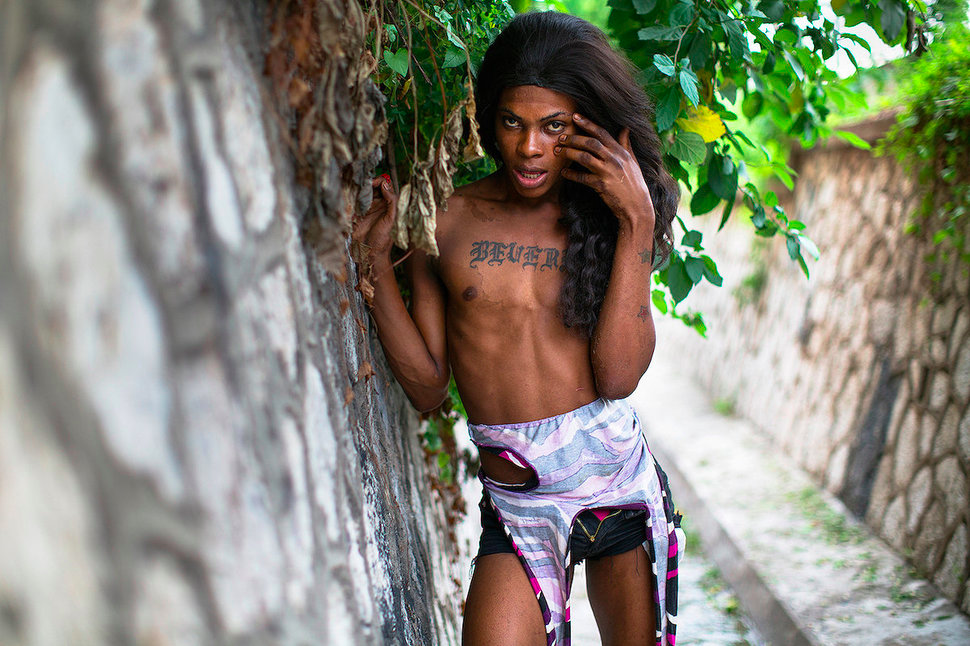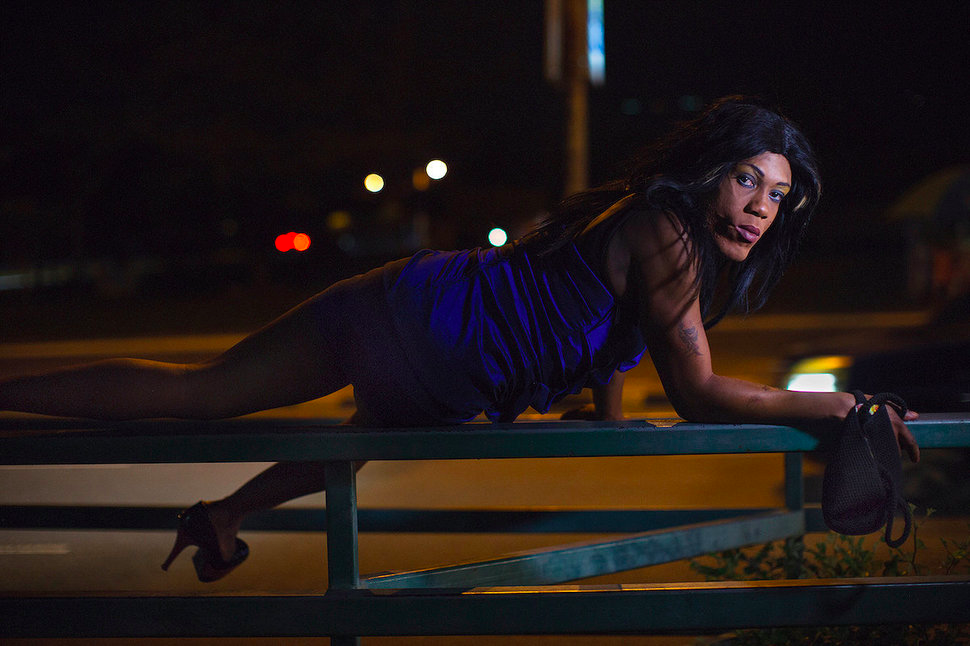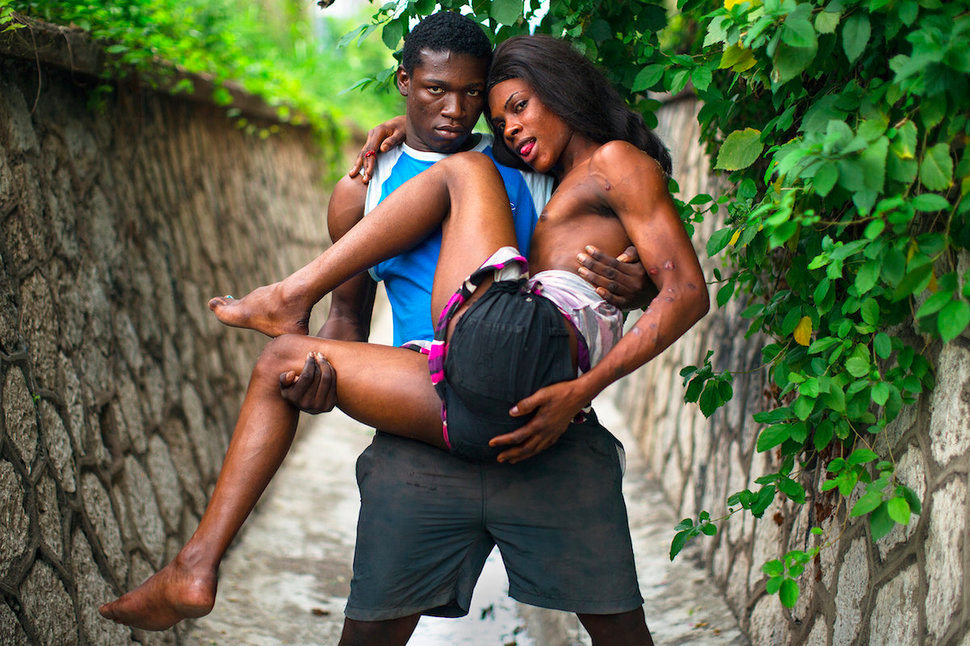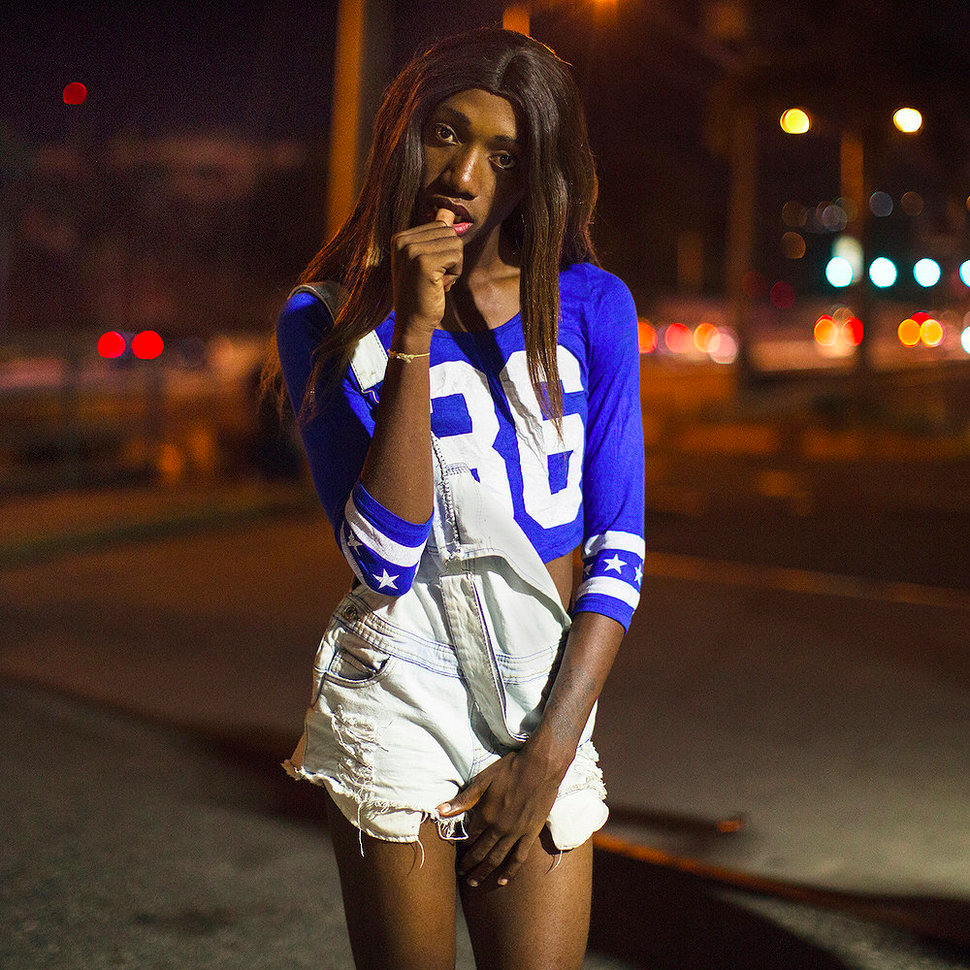Why Are So Many LGBTQ Youth Living In Jamaica’s Sewers?
by paige_moomey, 9 years ago |
3 min read
Because they’ve got no where else to go.
“Queer and here” is a mantra so familiar in the US, you can buy a tie-dyed t-shirt with the saying printed across the front at your local Walgreens. But in Jamaica, coming out as homosexual means losing your safety and security. As proof positive, nearly 25 gay and trans youths call the Kingston storm drains home. Rejected from their homes and families, the group of society-deemed misfits took refuge in the city sewers, a place they call the gully. Daggering, one of the youths living in the gully, describes homosexuality as a completely rejected notion in Jamaican culture.“Jamaica is a homophobic society. We grow up to dislike homosexuals. We grow up to hate homosexuality,” Daggering said.



“I wanted to be able to use the photographs and accompanying documentary film as a way for them to display their sexuality and personality the way they wanted to,” Geoghegan said, “and not the way that society had told them that they should.”

✕
Do not show me this again
